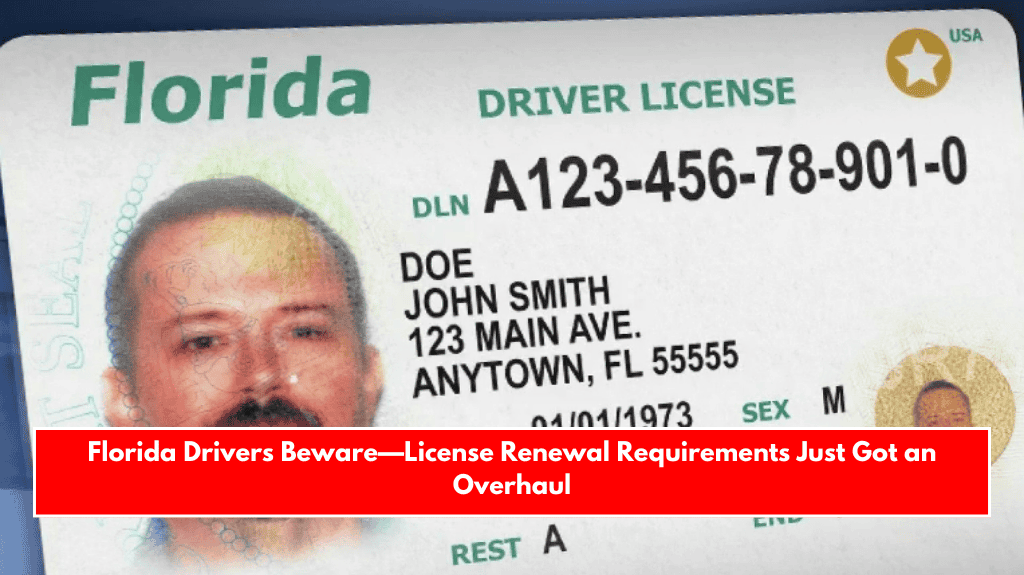What Is SNAP and How Does It Help in Disasters?
The Supplemental Nutrition Assistance Program (SNAP) provides financial help to low-income individuals and families to buy food. During disasters like Hurricane Helene, SNAP becomes even more essential by offering additional benefits. These substitute benefits are designed to replace perishable foods lost due to power outages or other damages caused by the disaster.Which Counties Are Receiving Extra Benefits?
Residents of the following counties will automatically receive extra SNAP benefits due to the power outages caused by Hurricane Helene:- Aiken
- Allendale
- Bamberg
- Barnwell
- Edgefield
- McCormick
- Orangeburg
- Saluda
How Does the Replacement Process Work?
The process is straightforward for eligible families:- Recipients will receive an additional 55% of their September SNAP benefits, automatically deposited onto their Electronic Benefits Transfer (EBT) cards.
- There is no need to apply or submit extra paperwork.
Why Is This Assistance Necessary?
Hurricane Helene caused widespread power outages, leaving many families without perishable food stored in their fridges or freezers. To address this critical issue, state and federal governments activated SNAP replacement benefits for affected counties. This assistance is triggered when over half the population in a county loses power for extended periods due to a disaster. It ensures families can quickly replace lost food and avoid additional financial hardship during recovery.What If You Don’t Receive the Extra Benefits?
If you live in one of the listed counties and don’t see the additional SNAP benefits on your EBT card, follow these steps:- Check your information with the South Carolina Department of Social Services to ensure accuracy.
- If your details are correct and you still don’t see the benefits, contact your local SNAP office for assistance.
The Importance of SNAP During Disasters
SNAP plays a critical role in ensuring families have access to food, even during challenging times like Hurricane Helene. The ability to adapt quickly—such as providing replacement benefits—demonstrates how vital this program is in disaster recovery. While Hurricane Helene caused significant damage, the government’s swift response through SNAP replacement benefits helps ease the burden on low-income families, ensuring they have the resources they need to rebuild and recover.What are SNAP replacement benefits?
Replacement benefits are additional funds provided to SNAP recipients to replace food lost due to power outages or other disaster-related issues.
Who qualifies for the extra SNAP benefits?
Residents in the affected South Carolina counties (Aiken, Allendale, Bamberg, Barnwell, Edgefield, McCormick, Orangeburg, Saluda) will automatically receive these benefits.
How will I receive the extra benefits?
The additional amount will be added to your EBT card automatically. No extra paperwork is required.
What should I do if I don’t receive the replacement benefits?
Verify your details with the Department of Social Services and contact your local SNAP office if the benefits aren’t added.
Can these benefits be used like regular SNAP funds?
Yes, the replacement benefits can be used to buy food at any store that accepts EBT payments.












